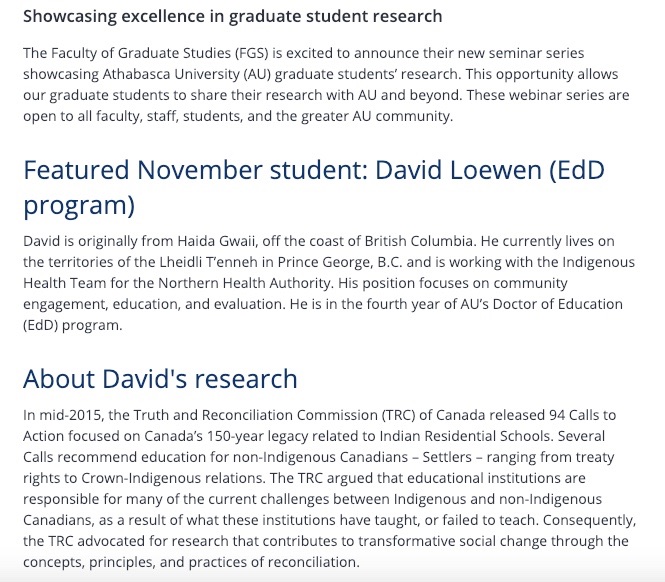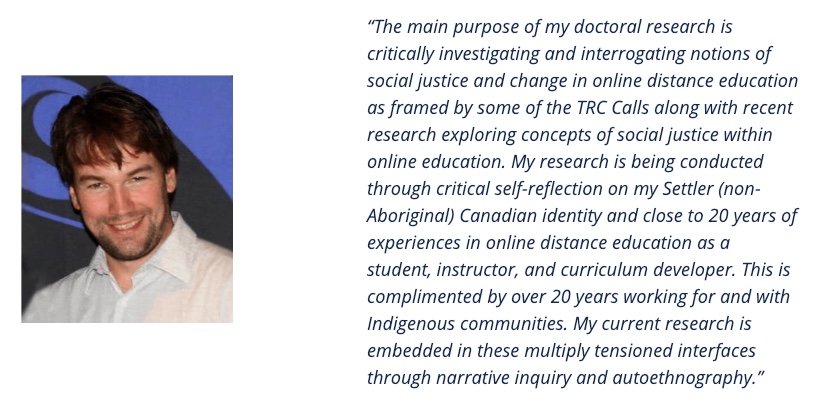I have a colleague who teaches a combination of online and face-to-face courses. She teaches within a Masters of Counselling program, with a specialization in Art Therapy. I was quite curious to learn more about how online courses are conducted in a profession requiring much face-to-face daily work. She shared that this is a conversation that comes up regularly in their course work, which is both synchronous and asynchronous.
She is quite familiar with the COI framework and has had discussions with the authors of the book/theory. Similar to my own thoughts, she shared that the principles of COI are not complex, however, not always simple to enact in day-to-day practice. She shared that considering the professional area she is instructing in, creating open, honest, and safe climates for discussion is critical.
We also discussed the theory within online education research suggesting that there is ‘no significant difference’ between the outcomes in online and in-person learning. Both of us have conducted much of our education online and tend to disagree with this notion. There are differences between the two delivery methods, and we have both experienced differences in our own learning outcomes – especially when it comes to the principle of self-direction and motivation.
We also share some skepticism with components of the COI framework and wonder why and how some of the principles are not all that different than ‘good instructing’ in a classroom environment? We were also curious about the link between the COI framework and much of the research and work currently being done on open educational resources and how that might affect our field. This, along with continued growth of Massive Open Online courses (MOOCs).
Lastly, we also discussed the notions of ‘netiquette’ and how many courses have various guidelines for ‘forum’ postings – e.g. a limit of 350 words. Then the all-to-common practice of learners simply responding to posts with “I couldn’t agree more…” or “I really appreciate your post…” – and the result is that there is not a lot of critical engagement or inquiry into the materials, or into critical reflection on practice. This combined with some institutions offering online education starting to appear as if they are mere credential-mills.
These are a few of the challenges this field will need to continue to engage in and reflect upon.


